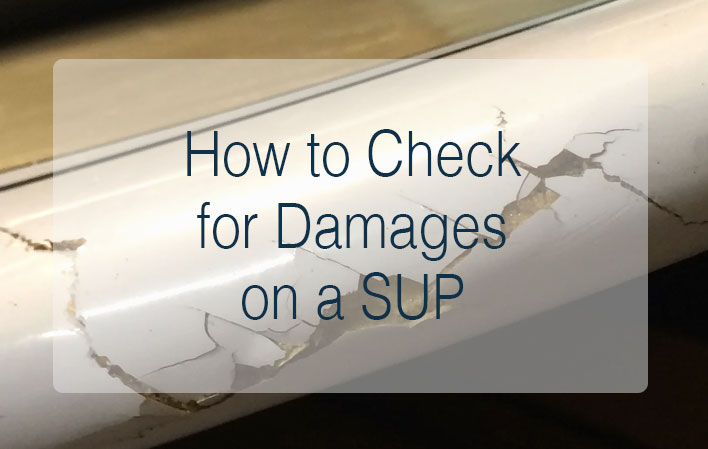Your Stand-Up Paddleboard (SUP) is your trusty companion for water adventures, but like any piece of equipment, it’s susceptible to wear and tear over time. Regularly checking for damages on your SUP is crucial to ensure its safety and performance. In this article, we’ll explore how to systematically inspect your SUP for damages, using markdown styles, lists, and tables for clarity.
Importance of Regular Inspections
Before delving into the inspection process, let’s understand why regularly checking your SUP is essential:
- Safety: Damages, no matter how minor, can compromise your safety on the water. Identifying and addressing issues promptly is crucial.
- Performance: Damages can affect the performance of your board, such as tracking, stability, and maneuverability. A well-maintained board provides a better paddling experience.
- Longevity: Regular inspections and repairs using a repair kit can extend the lifespan of your SUP, saving you money in the long run.
SUP Inspection Checklist
Here’s a comprehensive checklist to help you systematically inspect your SUP for damages:
| Area to Inspect | Potential Issues | What to Look For | Action |
|---|---|---|---|
| Deck Surface | Dings, cracks, discoloration | Check for any visible damage or unusual marks on the deck surface. | Fill dings or cracks with epoxy resin. |
| Rail Edges | Dings, cracks, delamination | Examine the rails for any damage, including delamination, which can lead to separation. | Repair or reinforce delaminated areas. |
| Bottom Surface | Gouges, deep scratches, punctures, delamination | Look for any significant damage, especially near the fin boxes. | Repair deep gouges and punctures. |
| Fins and Fin Boxes | Loose fins, cracks, damage to fin boxes | Check if the fins are secure and that the fin boxes are not damaged. | Tighten loose fins; repair or replace damaged fin boxes. |
| Leash Attachment | Looseness, damage | Ensure the leash attachment is secure and free from any cracks or damage. | Tighten if loose; replace if damaged. |
| Handle and Carry Strap | Loose or damaged handles or straps | Confirm that the handle and carry strap are secure and undamaged. | Tighten or replace as needed. |
| Bungee Cord Attachments | Loose or damaged bungee cords or attachments | Verify that bungee cords and attachment points are secure and not frayed or damaged. | Tighten or replace frayed cords or attachments. |
| Deck Padding | Tears, peeling, wear | Inspect the deck padding for tears, peeling, or excessive wear in high-contact areas. | Repair tears or replace worn padding. |
| Valves | Leaks, cracks | Check for air leaks and cracks in the inflation valves. | Repair or replace damaged valves. |
| Hull | Warping, deformities, discoloration | Look for any warping, deformities, or significant discoloration on the hull. | Address warping or deformities; monitor discoloration. |
| Tracking Fins | Misalignment, looseness | Ensure that the tracking fins are properly aligned and secure. | Adjust alignment; tighten if loose. |
Inspection Tips and Best Practices
Here are some additional tips and best practices for a thorough SUP inspection:
- Good Lighting: Conduct your inspection in good lighting conditions to spot even minor damages.
- Clean Board: Clean your SUP before the inspection to ensure nothing is hidden by dirt or debris.
- Systematic Approach: Follow a systematic approach, starting from one end of the board and moving methodically to the other.
- Use Your Hands: Use your hands to feel for any irregularities or soft spots on the board’s surface.
- Documentation: Take photos or notes of any damages to keep a record for future reference.
- Consult the Manufacturer: If you’re unsure about any issues or repairs, consult the manufacturer or a professional for guidance.
Regular Maintenance and Repairs
Once you’ve completed your inspection, it’s crucial to address any identified issues promptly. Small damages can often be repaired with epoxy resin, while more significant problems may require professional attention. Regular maintenance and repairs will help extend the life of your SUP and keep you paddling safely.
Conclusion
Regularly checking for damages on your SUP is a vital part of responsible ownership. By following the comprehensive inspection checklist and adhering to best practices, you can ensure that your board remains safe, performs at its best, and provides you with many more enjoyable days on the water.
Thesandshore.com is a source where the post How to Check for Damages on a SUP appeared first.


